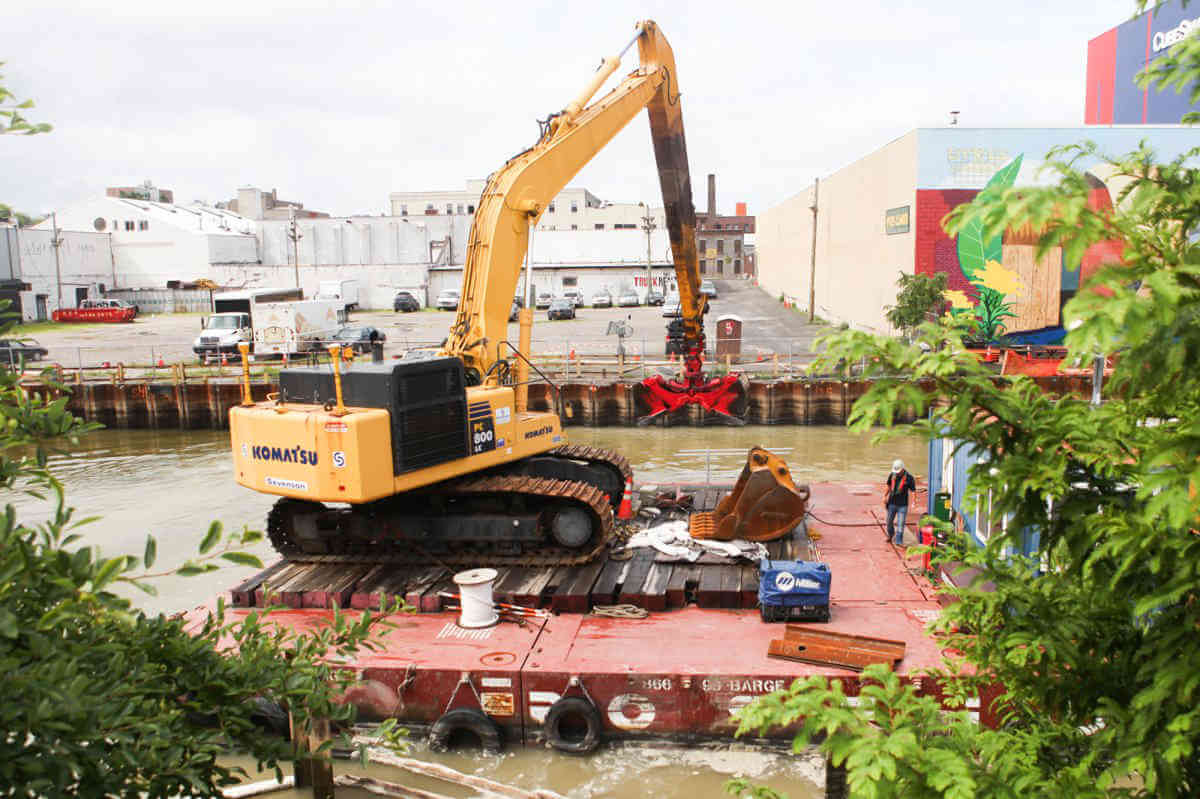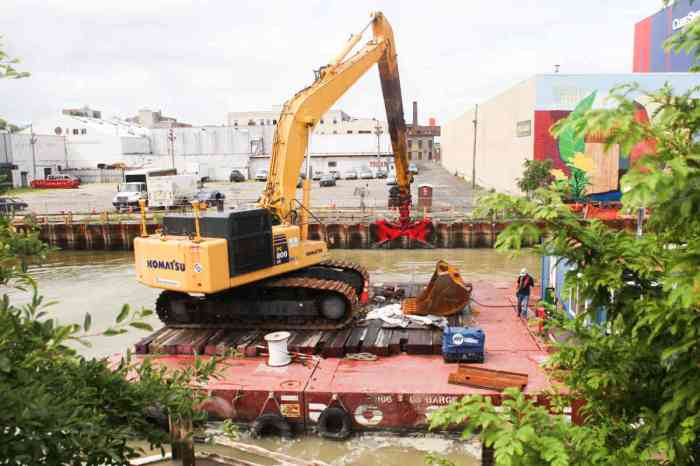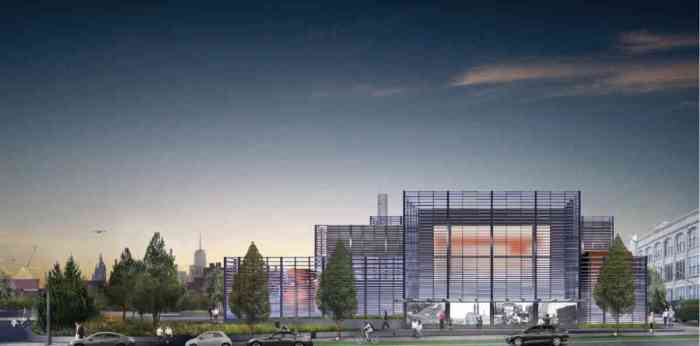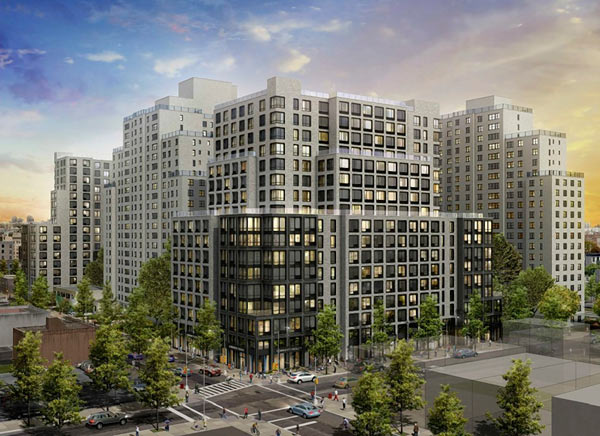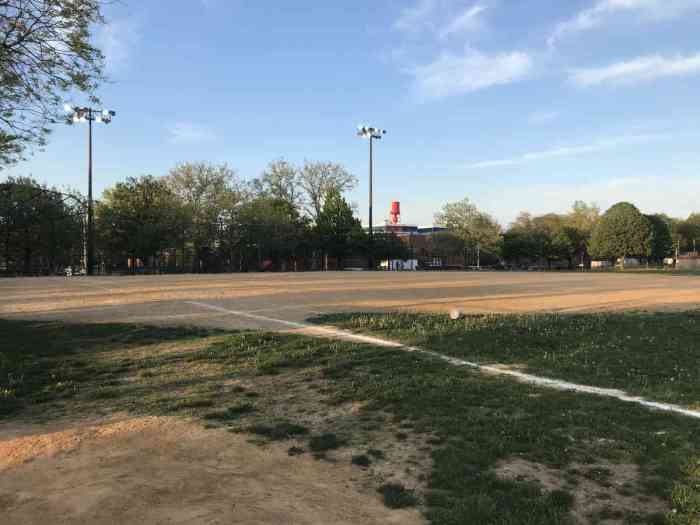The Environmental Protection Agency released detailed plans for the first phase of the Gowanus Canal cleanup on Feb. 25.
The new plans describe the federal agency’s nearly three-year timeline, ranging from September 2020 until July 2023, to dredge pollutants from the upper third of Brooklyn’s Nautical Purgatory from its head at Butler Street to the Third Street Bridge, and then cap place a cap intended to prevent polluting chemicals from seeping up through the canal’s bed, according to EPA project manager Christos Tsiamis.
Uncle Sam has identified six major polluters most responsible for transforming the Gowanus Canal into a toxic nightmare — National Grid, Con Edison, the Hess Corporation, Honeywell International, the Brooklyn Improvement Company and the City of New York — which will be responsible for carrying out the $125 million cleanup.
The cleanup will kick off with the installation of bulkheads at the edge of the canal to prevent erosion, to be followed by the deployment of a fleet of platform barges topped with hydraulic excavators able to scoop up sediment, most of which is expected to be cleared by January 2021.
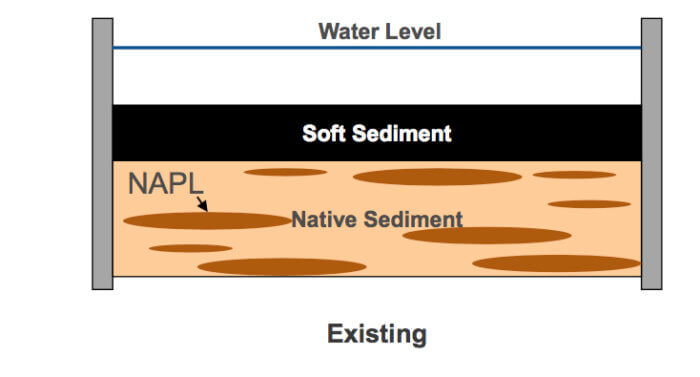
Around the same time, workers will erect a separation wall at the First Street Turning Basin, a defunct and filled in offshoot of the canal the agency wants to revitalize as a wetland area.
From November 2020 until April 2021, workers will stabilize the Carroll Street Bridge ahead of dredging around it by sinking so-called pipe piles at the edges of the bridge bases on either side.
To accommodate the works, the 131-year-old retractile drawbridge will open for three to four months and be closed to traffic during that time period.
In April 2021, they will start stabilizing the Union Street Bridge with piles until June without closing it to traffic, followed by installing the bulkhead supports north of that span until August.
From April 2021 until May 2022, they will stabilize the sediment by injecting cement — a process engineers call In-Situ Stabilization or ISS — followed by a dredge of the remaining softer sediments on top of it from February to May of 2022.
For the remainder of the time, until July 2023, they will add cap layers with a sponge-like filter to catch any remaining chemicals bubbling up from the ground and a final hard concrete mat on top to keep all the levels in place.
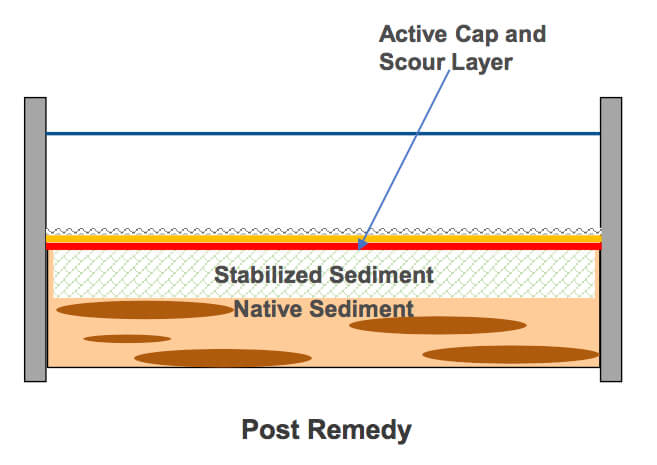
During that time, they may also try and excavate the First Street Turning Basin, so that by the time the capping barges make it down to that area, they can do both the canal and the basin in one go, according to Tsiamis.
The cleanup is divided into three phases known as Remediation Target Areas, or RTAs.
Once the first one is complete, the cleanup will continue along the middle section from Third Street to Hamilton Avenue — the most heavily-polluted part of the canal — followed by the final third stretching to roughly 22nd Street.
The chemicals coming up from the canal bed are just one of two main polluters, the other being stormwater runoff and sewage that flushes into the canal.
The agency also plans to install two massive tanks to capture those pollutants, one eight-million gallon cistern near Butler and Nevins strees, and another four-million gallon container at the Fourth Street Turning Basin.


